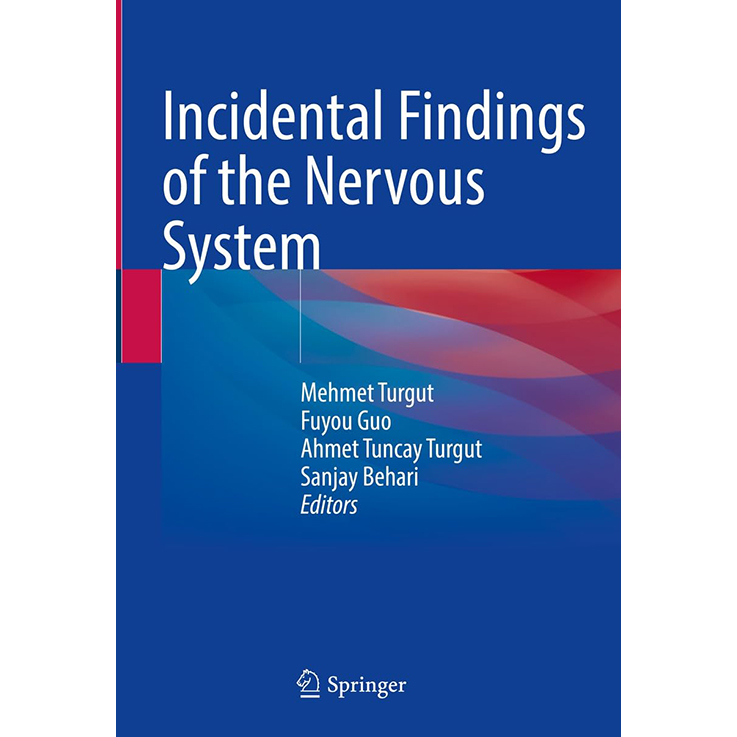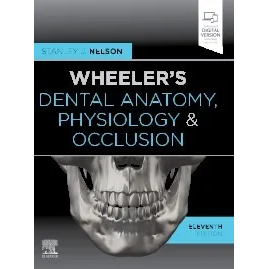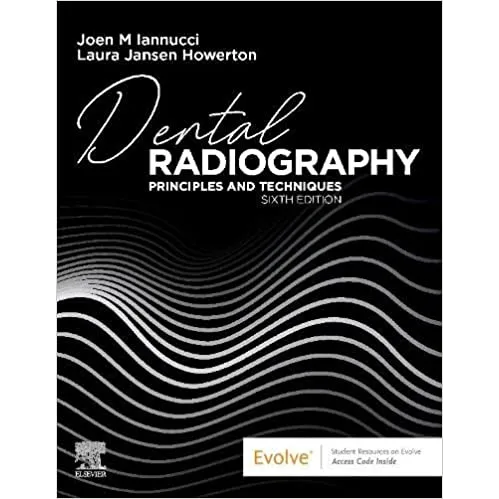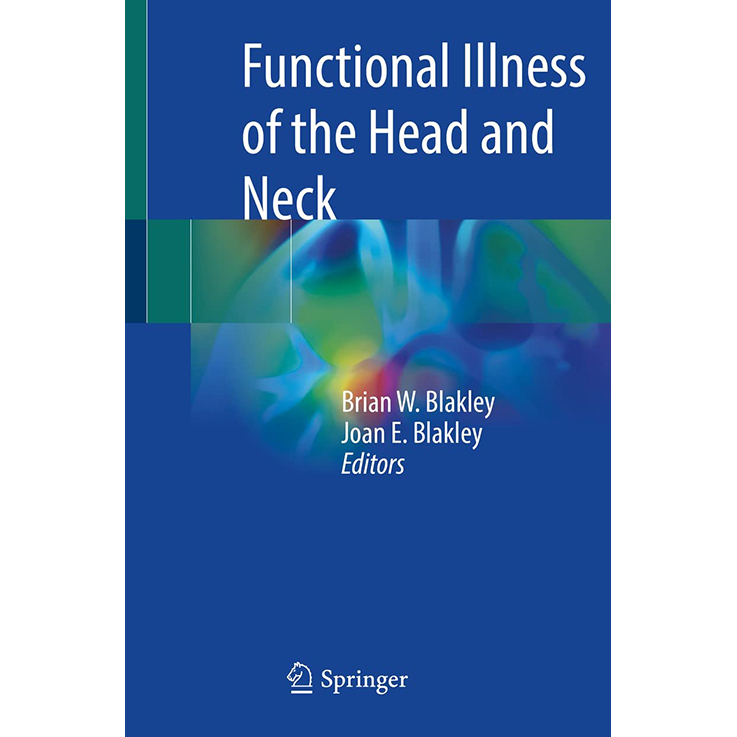Mehmet Turgut (Editor), Fuyou Guo (Editor), Ahmet Tuncay Turgut (Editor), Sanjay Behari (Editor)
Written and edited by leading international authorities in the field, this book provides an in-depth review of knowledge of the incidental findings of the nervous system, with emphasis on asymptomatic brain and spinal lesions that have the potential to cause illness. It includes very informative chapters, organized into four main groups: first, incidental findings of the brain and cranium, including intracranial, intraventricular and skull base lesions, infarcts and calcification; secondly, incidental findings of the spine and spinal cord, including spinal cord tumors, syringomyelia, arteriovenous malformations and craniovertebral junction anomalies; thirdly, incidental findings of the spinal nerves and peripheral nerves, including tumors of the plexi and peripheral nerves; and fourthly, other lesions, including acquired incidental lesions of the brain and spine as well as the medicolegal and psychiatric aspects related to these lesions. The uniqueness of this compilation lies in the fact that several abnormalities exist in the nervous system that have the potential to cause life threatening illness; yet because they are asymptomatic and incidental, this leads to major management dilemmas related to whether or not to surgically the lesion. The proponents of an early surgical management subscribe to the philosophy that getting rid of an entity earlier on when it is asymptomatic, leads to an early cure and obviates any risk of it becoming aggressive and incurable later on; those opting for a ‘wait and watch’ policy subscribe to the view that no intervention (as well as subjecting the patient to the risk of surgery) is mandated until the lesion becomes symptomatic. This may subject a person to a lifetime of anxiety related to how that lesion is going to evolve, when in all likelihood, the subject may remain asymptomatic throughout his/her life. The psychological aspects of the patient who is extremely disturbed by the presence of this incidental lesion; and, who cannot adjust to the reality that the treating doctor actually does not have a well-defined plan for it, are issues that are adequately addressed with clinical illustrations and examples. This comprehensive reference book will be an ideal source for neuroscientists at all levels, from graduate students to researchers in specific disciplines studying this region, including neurosurgeons, neurologists, neuroradiologists, neuropathologists and psychiatrists, who seek both basic and more advanced information regarding the incidental findings of the nervous system.





